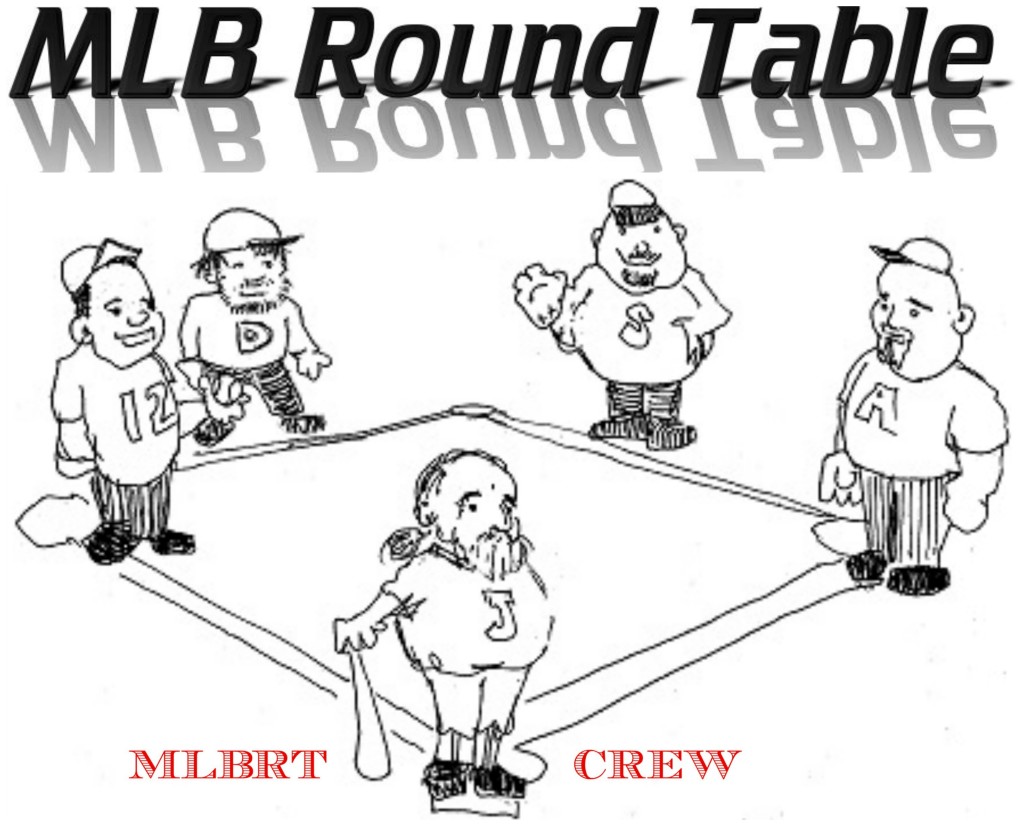How a Deadly Railroad Strike Led to the Labor Day Holiday…

Joe

Labor Day
Hope all of y’all who have jobs and get company paid holidays off had a nice and restful and relaxing Labor Day off this past Monday.
Have y’all ever thought about why we have a day set aside for the workers of this country?
Yeah, I know it’s a day to honor and celebrate the workers of the United States who keep this country functioning and running somewhat effectively if not always on an efficient basis. In very simplistic but nonetheless truthful words…
In 1894 Labor Day was declared a national holiday to recognize and support skilled trades workers throughout the U.S.
But what led up to Congress passing a bill authorizing the creation of a day to honor the workers of America and then President Cleveland signing that bill into law?
And…
Regardless of how it gets stirred around and mixed upside down and inside out…. Unions… it was due to Union activity.

How a Deadly Railroad Strike Led to the Labor Day Holiday…
In 1893 the country was going through an economic recession which finically put a hurting on many of the country’s industries and businesses but especially feeling the financial pinch was the railroad industry. And to make matters worse for the Pullman Company, a railroad car manufacturer located in Chicago, was that they were in the midst of a workers action where thousands of workers had walked off their jobs due to what they said were Pullmans’ unfair labor practices.
In a nutshell the historical synopsis goes something like this…
George Pullman developed his company to not just build railroad cars but to specialize in building overnight sleeping cars that were designed to make the customers ride an efficient, safe, relaxing way to travel go from city to city; town to town; village to village across the country.
A practice back then among some corporations was to create company towns… in effect small villages created by a business whose purpose was to provide housing and goods and services to their employees and the employees’ families.
Of course the owner of the business… George Pullman in this scenario… reaped the benefits of whatever profits could be gotten through rentals of the housing as well as the costs for goods and services provided.
Now…

Pullman pays low wages and charges high rent…
In an effort to counteract the financial hit the recession was having on the Pullman Company’s profits, George Pullman began a series of labor practices that cut the work force down and significantly reduced employee wages.
Meaning that many of the workers who lived in Pullman’s company town were either losing their jobs or having to deal with lower incomes to take care of their daily necessities
And George Pullman… good, kindhearted, capitalist guy that George is… refused to lower the rents or prices for good and/or services for the workers.
In response, angry Pullman workers in Illinois walked off their jobs in May 1894, and in June, the American Railway Union and its leader, Eugene V. Debs, declared a sympathy boycott of all trains using Pullman cars. The result being that the union was able to launch what became known as the Pullman Strike which wound up screwing up railway traffic and commerce in about twenty-seven different states throughout the United States.
Eventually things turned more grave and then became prone to being violent.
Long story short…
After periods of violence, that emanated from both the striking workers as well as the local police departments and the hired henchman of the capitalist owners and their political cronies, a mob of people in Blue Island (Illinois) derailed a locomotive that was attached to a mail car. This got various anti-unionism politicians attention who got President Grover Cleveland’s attention.
A federal injunction against the workers was sought and granted.
And despite reports from the time that said the local police forces and/or state militias were getting things under control, by July railroad company big shots influenced Cleveland enough that he wound up sending Federal troops to Chicago to enforce the injunction.
Eventually the violence intensified between the workers and the armed forces opposing them,
After thirteen striking workers were killed in June, President Grover Cleveland made reconciliation with the labor movement a top priority of his administration. Can’t lose those union peoples’ votes, after all.

Grover Cleveland
Suddenly Congress somehow found it in their power to pass a bill that there should be a national holiday to be called Labor Day. After the bill was passed on to the White House, President Cleveland quickly signed it into law on June 28, 1894, establishing every first Monday of September as Labor Day.
And in July, for whatever reason National Guardsmen fired into a crowd, killing at least 30 people. Many others were left with varying degrees of being wounded.
Those federal troops in Illinois? They stayed until July 20.
The strike was declared over that August by through a Supreme Court directive.
The first national Labor Day was observed on September 3, 1894.
Through the efforts of the unionist workers… through their blood, their sweat and their tears… and a collective national and political guilt a day for we the workers was gotten from the politicians of those days.
Struggles like those of the striking Pullman workers are what got we the workers of today the important and necessary protections we now enjoy… from the 8-hour workday, 5-day work week, worker’s compensation, equal pay for equal work, the abolishment of child labor, as well as many other workers’ rights.
If you didn’t raise a glass of your favorite beverage this past Labor Day weekend then belatedly do so at your first chance…
In honor of every union man and woman who shed blood so that we all could have the benefits we all possess on the job today… whether you’re a union worker or not.






